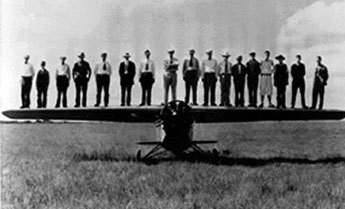Regarding P2010 performance, the first one in the UK has the CS prop and is G1000 IFR equipped. The Garmin AP has just been installed after an EASA-induced delay.
It was ferried across from the factory by the owner and a very experienced (in many types) TCM-powered C182 owner. The thought was that it performed similarly (speed/climb) to his C182 but at 172 operating costs (fuel burn etc). I would think that puts it very close to a DA40-180 (same engine) in the general ‘real world’ scheme of things.
Regarding P2010 tyre wear – certainly the one in the UK that we maintain has completed 100 hours with no signs of wear on the main or nose gear tyres.
Thanks LFHN, very interesting. That checks with what they said on the video and with what I had heard from elsewhere.
The question is why the poor performance? I mean, if you compare it with other 180hp fixed pitch aircraft (say, an Archer II), these takeoff and climb solidly. It must therefore be the pitch of the prop which they seemingly have to choose very coarse, in order to get decent cruise speeds.
You don’t remember the actual empty weight of that example, do you?
LFHNflightstudent wrote:
climb rate from 3000 to 7000 ft was 300 ft/min at optimal climb
Sounds like the airplane may have been fitted with the “cruise” propeller
I do indeed think the variable prop would make an immense difference on the performance, on the tyre wear, I think the conclusion was it had to do with the gear (basically 2 metal struts) expanding at speed hence slowing down the aircraft and damaging the inside of the tyre. Not sure whether that is just old wives tales, or actually confirmed by the mechanic, but will try and check this weekend and come back on it.
@Bosco, I am traveling at the moment but will try to look it up over the weekend.
The wing struts are not needed if the support for the wing is made from a stronger-than-metal carbon-fiber beam as it is in the Flight Design CTLS and the C4. The ability to get rid of the struts is a major design win.
That is nonsense. Struts are a viable choice of wing fuselage integration and deliver great stiffness while allowing for weight reduction by eliminating or at least reducing wing root bending moments. They have some drawbacks but every configuration item has and aircraft design is always about trading qualities. There is no such thing as THE ideal design.
Wing struts are old school needed due in metal/rivet weight design limits.
USFlyer wrote:
Wing struts are old school needed due in metal/rivet weight design limits.
And “strutless high wing cantilever”is New Tech ?

ps: My 1976 Cessna 177RG is strutless too, it’s a
very nice feature but been around for close to a Century
So let’s sum-up ALL of the Twenty – First Century Super-Duper High Tech Features of the C4 that are being touted here :
- Strutless high wing : Used in production Cessna C-34 circa 1935
- Continental 360 (w low compression pistons) : The IO-360 was first certified by the FAA on 15 May 1962 (developed from O-360 certified on 20 July 1955)
- 2 blade alumuinum alloy prop: McCauley, 1946 (One of the first production series is mounted on my 1947 Cessna 140)
